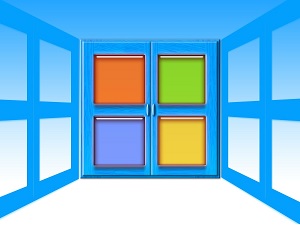 One of the most frequently heard complaints about Windows has to do with aesthetics.
One of the most frequently heard complaints about Windows has to do with aesthetics.
Despite a few seemingly halfhearted attempts to modernize, significant portions of the OS looks and feels like they were designed in the 90's. That's because Windows is still utilizing a lot of design techniques and icons from Windows 95, so the criticism turns out to have a lot of truth to it.
It looks and feels like it was designed in the 90's because frankly, large swaths of the OS's visual elements were designed in the 90's. That, however, is slowly changing.
The changes began with Windows 8, but these were largely rejected by the user community. With Windows 10, the company tried again, and to their credit, Windows 10 does sport the most modern look and feel of any OS the company has ever produced. That said, there's only so much you can do when so many of your windows and icons are relics from an earlier time.
In the latest preview build of Windows 10, the company is rolling out the first part of its new design effort, based around it's "Fluent Design Style." The changes are relatively small so far, centered around streamlined, simplified and more colorful icons that have rounded edges of the type many popular apps currently employ. Rather than trying to fight against it, Microsoft seems to be embracing that aesthetic, and although a modest beginning, the most recent change does indeed make a striking visual difference.
The company promises that we'll be seeing much more of their Fluent Design concept in the months ahead. It seems that at long last, after years of talking about modernizing the look and feel of their OS, Microsoft is finally taking steps toward making that a reality. It is a welcome change indeed.


